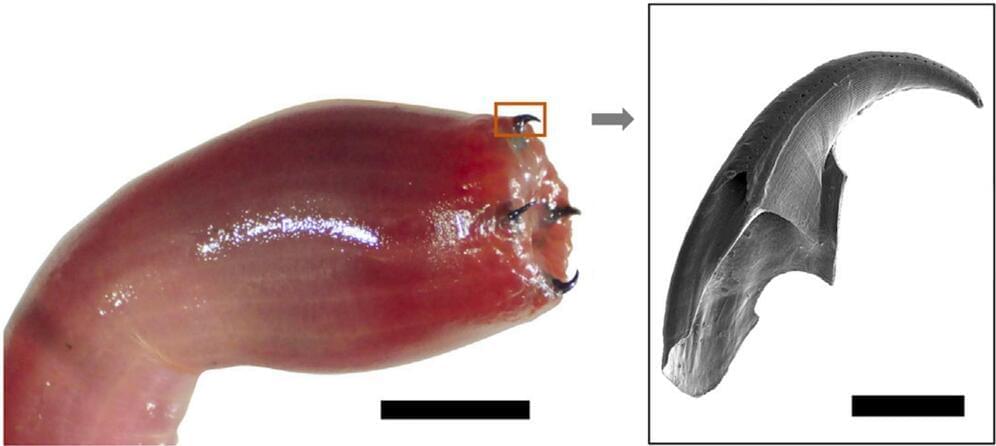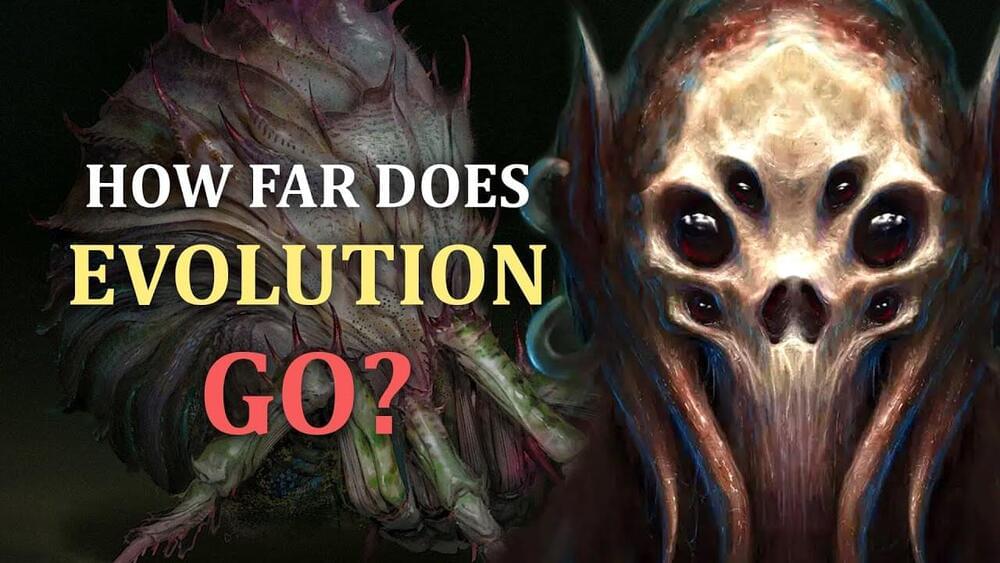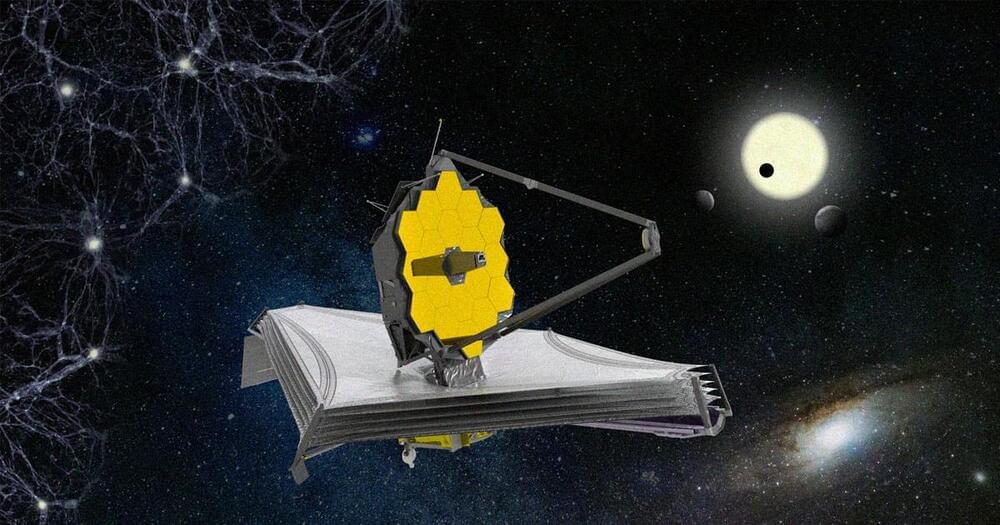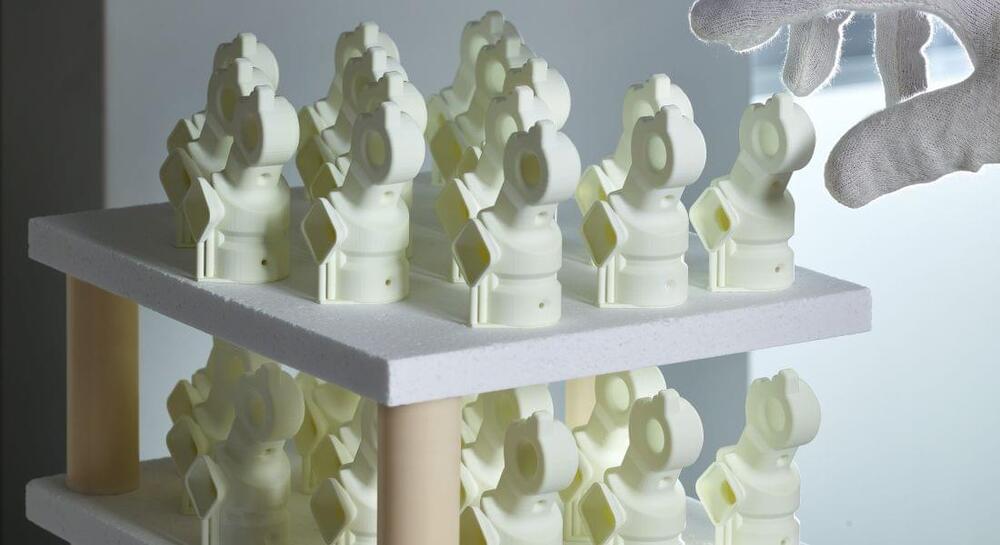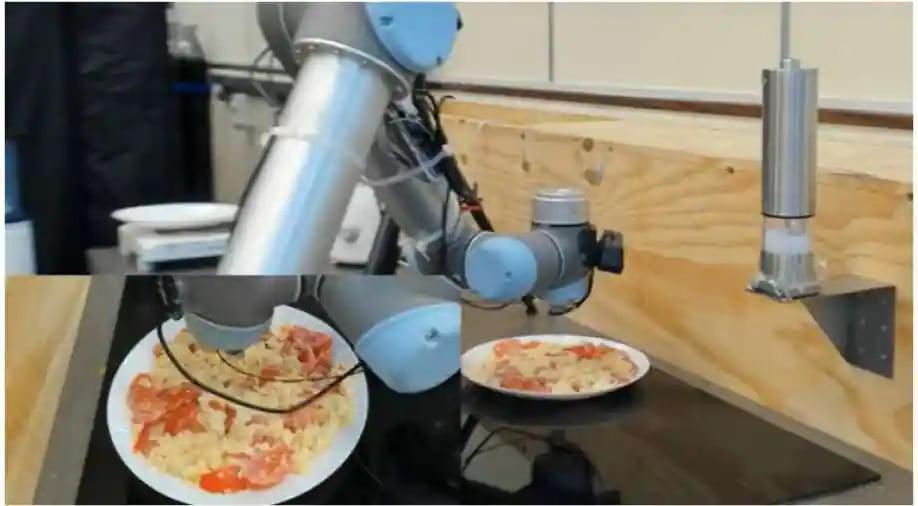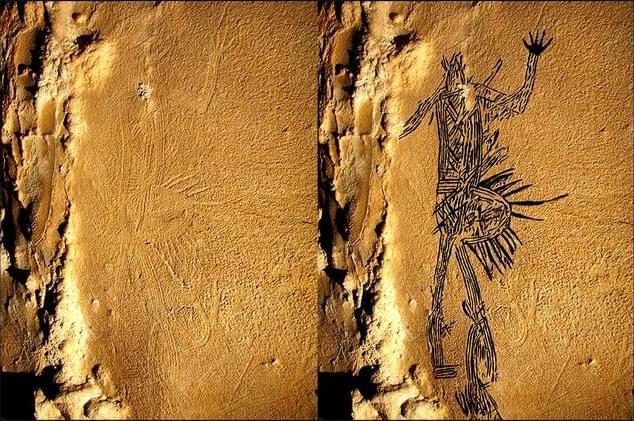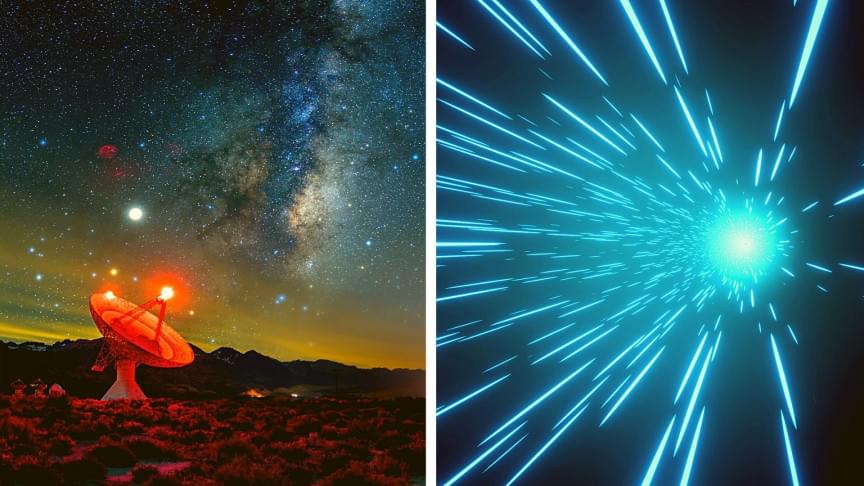The copper fangs of these feisty marine worms could inspire future sustainable manufacturing processes.
In this video we discuss, Science Fiction book, “Children of Time” By Adrian Tchaikovsky. It’s the best book I’ve read this year by a long shot! It’s about evolution, consciousness, humanity’s future, and more! Also SPIDERS!
Music: Planet Gammu by Jamez Dahl.
Art:
https://www.adammiconi.com/artwork/fantasy-art/
https://cdnb.artstation.com/p/assets/images/images/010/889/3…nia-x5.jpg.
https://www.artstation.com/artwork/v2G1dD
https://www.artstation.com/artwork/alien-spiders.
https://www.artstation.com/artwork/oOZy6q.
https://www.deviantart.com/macarious/art/super-serious-Scientist-812305030
FOLLOW QUINN ON TWITTER: Twitter: https://twitter.com/IDEASOFICE_FIRE
Three-Body Playlist: https://youtube.com/playlist?list=PLRXGGVBzHLUfIzEhovpQJ2ENiNvJoOD2A
The stars are officially aligned for NASA’s James Webb Space Telescope.
The extremely expensive space observatory has finished its alignment phase, with scientists confirming that it’s almost ready to kick off official scientific operations later this year.
In other words, the $10 billion telescope is on the home stretch, nearing its biggest milestone yet. NASA also released a slew of stunning new sample images taken by the telescope, showing the Large Magellanic Cloud, a small satellite galaxy of our Milky Way — stunning previews, hopefully, for a slew of imagery we’ll see from the ‘scope.
Admatec has steadily been increasing its 3D printing capabilities, taking its slurry-based digital light processing (DLP) process further. First it expanded from resins loaded with ceramic particles to those loaded with metal particles. It then increased the build volume of its Admaflex300 3D printer. Now, the company has introduced a new integrated debinding and sintering furnace with a larger work volume.
The majority of ceramic 3D printing processes rely on the use of a photopolymer slurry loaded with ceramic particles. Once printed, these green parts first go through a debinding process, in which the photopolymer material is removed, followed by sintering, causing the part to become fully dense.
Machines are learning things fast and replacing humans at a faster rate than ever before. Fresh development in this direction is a robot that can taste food. And not only it can taste the food, it can do so while making the dish it is preparing! This further leads to the robot having the ability to recognise taste of the food in various stages of chewing when a human eats the food.
The robot chef was made by Mark Oleynik, a Russian mathematician and computer scientist. Researchers at the Cambride University trained the robot to ‘taste’ the food as it cooks it.
The robot had already been trained to cook egg omelets. The researchers at Cambridge University added a sensor to the robot which can recognise different levels of saltiness.
Israel is a desert, and water resources are scarce, but today it produces 20% more water than it needs. What can the world learn from Israel’s experience?
Nobody can explain why this ‘sinuous discrete aurora’ happened.
While scientists have detected discrete auroras above certain patches of the Red Planet before, never have they seen one on such a “massive scale,” the team said. The solar storm that propelled charged particles into the Martian atmosphere at a faster and more turbulent pace than usual is likely a key factor in this type of long, sinuous aurora, the researchers added.
Solar storm occurrences are predicted to increase over the next several years as the sun approaches its solar maximum — the period of greatest activity in the sun’s 11-year cycle — in 2025. The EMM’s Hope orbiter will continue watching for these newly discovered auroras in the meantime, while scientists dig into archival data collected by NASA and the European Space Agency to hunt for more examples of the snake-like streaks over Mars.
Deep in a damp cave in northern Alabama, archaeologists have made a giant discovery. On a subterranean ceiling just half a meter high, researchers have uncovered the largest cave art discovered in North America: intricate etchings of humanlike figures and a serpent, carved by Native Americans more than 1,000 years ago.
“It’s exemplary and important work,” says Carla Klehm, an archaeologist at the University of Arkansas, Fayetteville (UAF).
Although the U.S. Southwest is famous for petroglyphs carved into canyons and cliff faces, much of the southeast’s rock art is hidden underground in caves. “Forty years ago, no one would have thought the southeast had much cave art,” says Thomas Pluckhahn, an archaeologist at the University of South Florida who wasn’t involved with the paper. But over the past few decades, archaeologists including the University of Tennessee, Knoxville’s Jan Simek have shown that’s not the case.
Soon, you could log in to everything with just your phone.
On World Password Day, Apple, Google, and Microsoft committed to broad support over the next year for secure FIDO “passkey” sign-in technology that removes the need for passwords at all.
The future of astronomy goes far beyond the James Webb Space Telescope.
For example, it’s theoretically possible to use quantum computers as a means for constructing colossal, planet-sized telescopes, according to a study shared to a preprint server and initially reported by New Scientist.
And, if we could make it work, a planetary telescope would peer much farther into the big black abyssal depths of space, and image the distant universe at untold levels of resolution.
